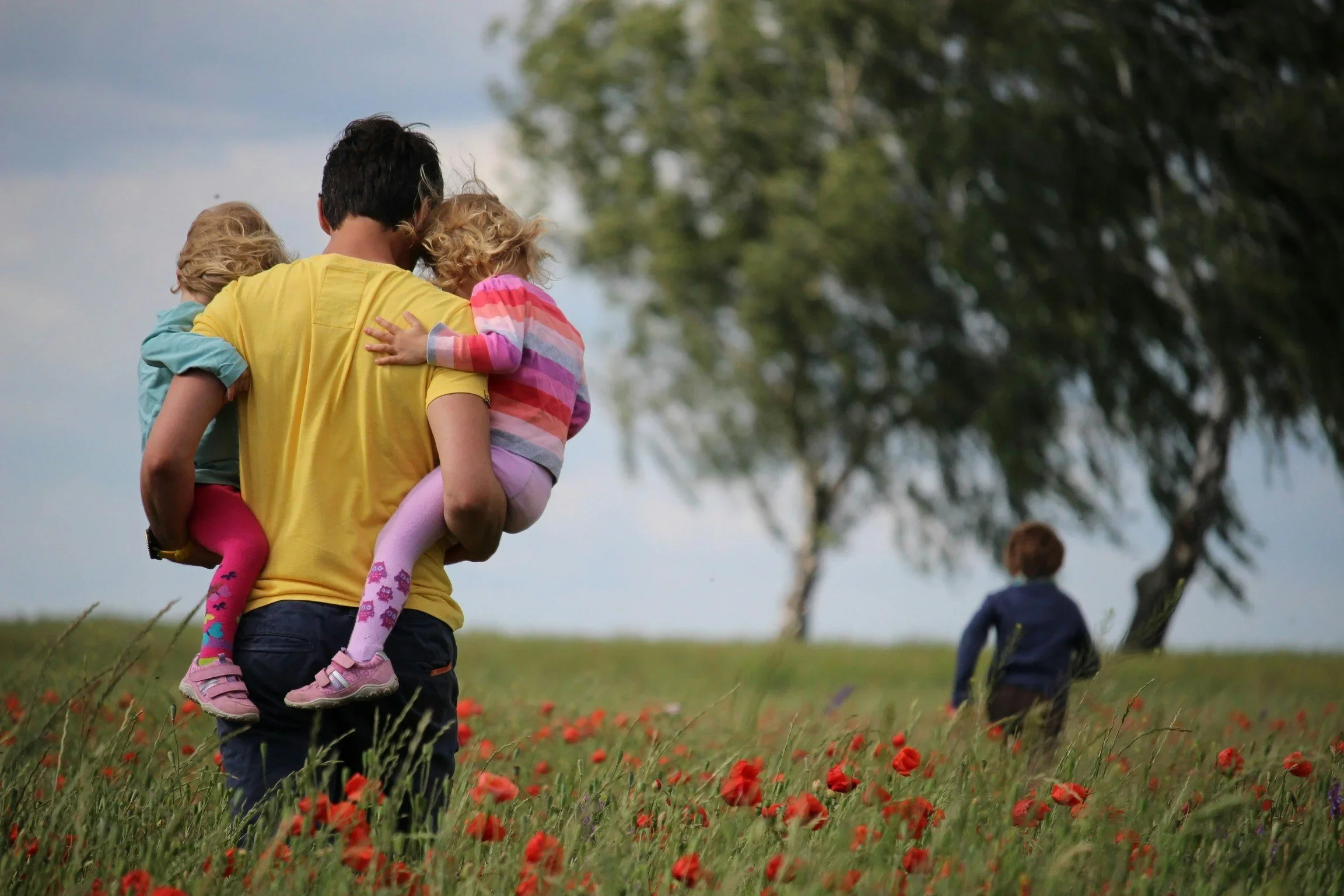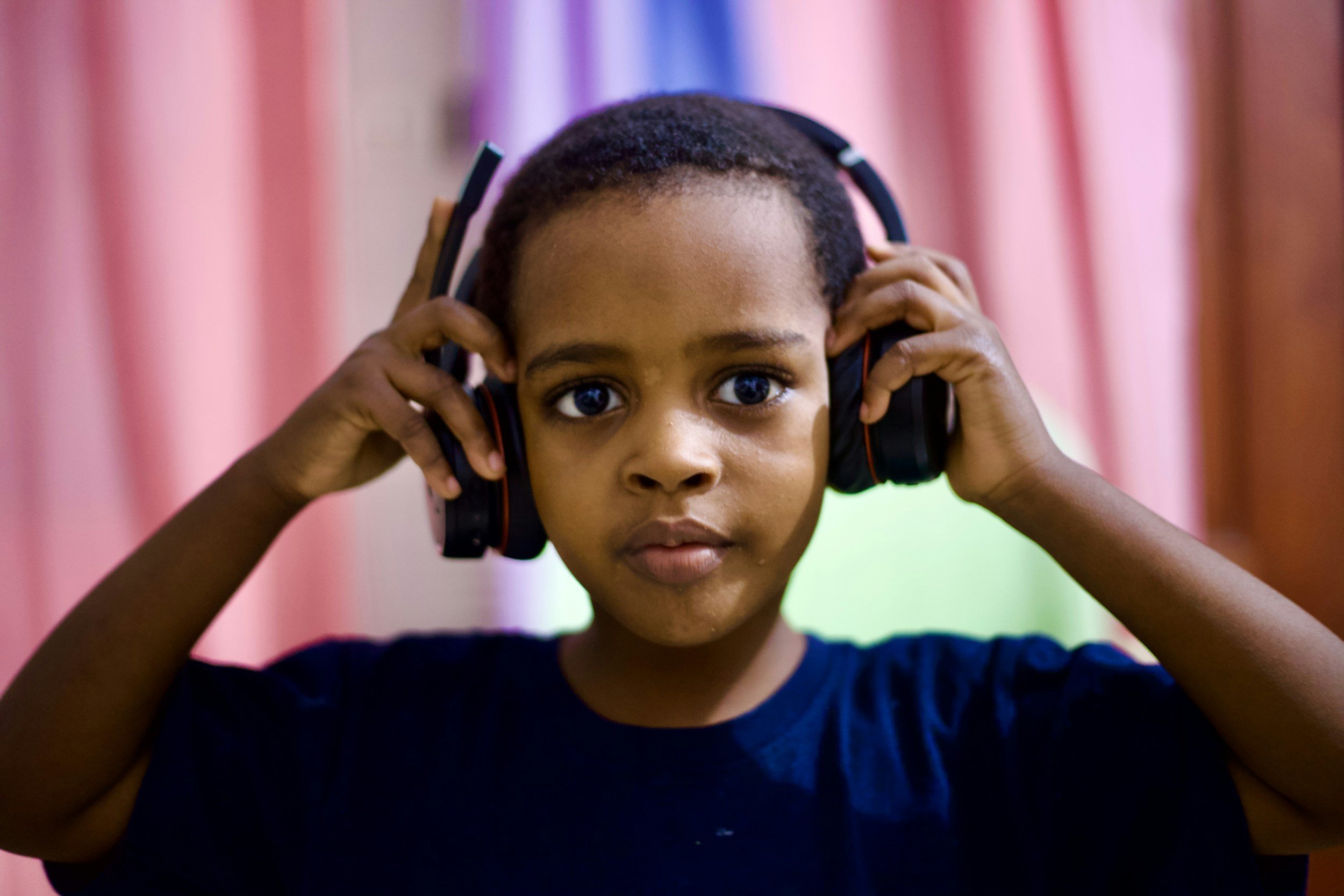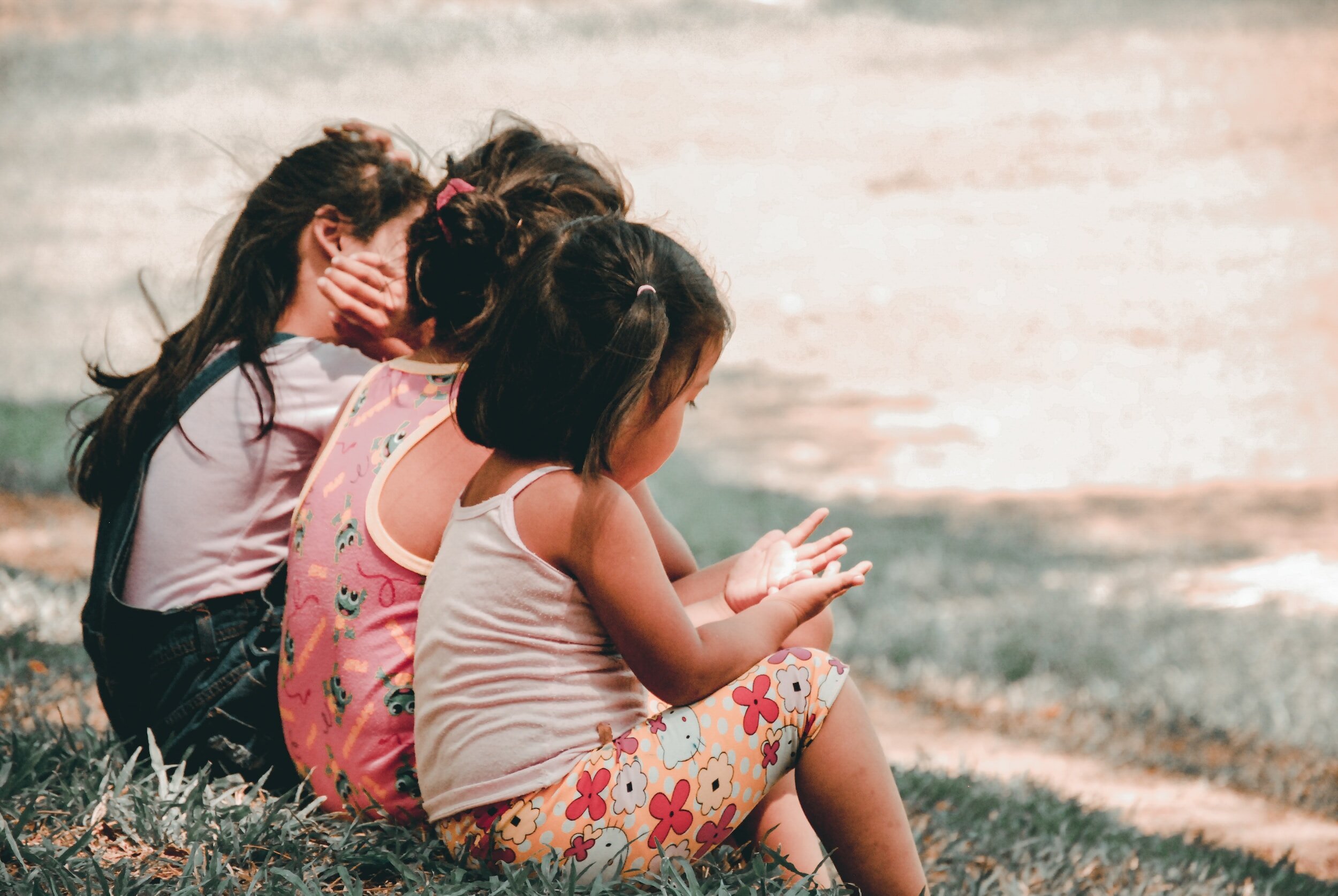
The Wisdom of the Nervous System: Seeing the Adaptive Nature of Dorsal and Sympathetic States
Explore how the autonomic nervous system supports children and parents through polyvagal theory. Learn the adaptive roles of sympathetic and dorsal vagal states, and how co-regulation fosters emotional safety, resilience, and nervous system balance.

Rain & Me Therapy Has a New Location at Footscray Community Arts Centre
I’m so happy to share that Rain & Me Therapy, working alongside ArtTearapy, now operates from a new space within the Footscray Community Arts Centre.
We continue to offer our full spectrum of services in Melbourne’s Inner West:
Art Therapy & Paediatric Art Therapy — supporting children, adolescents, and adults to express, heal, and grow through creative process
Holistic Therapies such as PSYCH-K® and Access Bars, working gently with the subconscious and nervous system to support balance and wellbeing
Parenting & Re-parenting Support, helping families explore subconscious beliefs, relational patterns, and compassionate shifts
Safe & Sound Protocol (SSP), supporting regulation of the nervous system, especially for those navigating anxiety, trauma, autism, ADHD, and neurodiversity

Emotional Regulation Through Connection, Not Control: How Art Therapy Makes Space for Feelings
Emotional regulation is often misunderstood as managing or controlling feelings. In reality, it’s about connection—feeling seen, heard, and supported. Art therapy creates a safe space where children can express their emotions freely, without pressure to “calm down,” fostering true emotional safety through creative exploration.

Why Emotional Regulation Isn’t Realistic for Kids and How Art Therapy Can Help
Emotional regulation is a common expectation for children, but is it realistic? Children’s brains are wired for growth and connection, not mastery of emotions. Instead of pushing for calm and control, we can focus on healthy expression and emotional release. Art therapy provides a safe space for children to express their feelings authentically, supporting brain development, self-worth, and secure connections.

Art Therapy: An Evidence-Based Approach to Supporting Children’s Mental Health and diverse Abilities
Art therapy is a scientifically supported, evidence-based intervention that helps children navigate emotional challenges, anxiety, trauma, and neurodiversity-related needs. This post explores peer-reviewed research and systematic reviews demonstrating art therapy’s effectiveness in improving emotional regulation, reducing anxiety, and fostering self-expression. Studies show that art therapy provides a non-verbal, neuroaffirmative approach to healing, making it particularly effective for children who struggle with verbal communication.

Co-Regulation Through Creativity: How Art Therapy Supports Emotional Regulation in Children
Children don’t learn emotional regulation on their own—they develop it through co-regulation with safe, attuned caregivers. Art therapy offers a powerful way to support this process, providing children with a non-verbal outlet for emotions while reinforcing safety and connection. This post explores how art therapy helps children process big feelings, externalize emotions, and experience co-regulation through creative expression. Learn practical ways to use art at home to support your child’s emotional well-being and build deeper connections through creativity.

When Words Are Hard to Find: Art as a Voice for Non-Verbal Children
Art therapy provides a powerful way for non-verbal children to communicate, process emotions, and connect with the world around them. Engaging in art activates multiple areas of the brain, including the visual cortex, motor cortex, and limbic system, supporting emotional expression and cognitive development. Through drawing, painting, and sensory-based art, children can share their inner experiences without the need for words. Art therapy helps develop fine motor skills, supports emotional regulation, and strengthens neural pathways related to communication. It creates a bridge between internal experiences and external expression, offering a safe, accessible way for children to be seen, heard, and understood.

How Art Therapy Helps Children Express Big Feelings
Art therapy provides children with a powerful way to express emotions when words feel out of reach. By combining creative expression with parts work, littles can externalize their feelings, making them easier to understand and process. Whether it’s drawing an “angry part” as a stormy cloud or a “sad part” as a droopy flower, art becomes a safe space for self-discovery and healing. This post explores how art therapy helps children connect with their emotions, embrace all parts of themselves, and find comfort in knowing they’re not alone.

How to Nurture Highly Sensitive Children: Balancing Sensory Overload and Emotional Growth
Highly Sensitive Children (HSCs) are deeply attuned to their surroundings, which can make them more emotionally reactive and sensitive to sensory input. Their heightened awareness, though sometimes misinterpreted, is a result of their unique brain wiring. These children often excel in empathy, noticing subtle emotional cues and feeling deeply for others. However, their sensitivity can lead to sensory overload and emotional exhaustion if not properly supported. A key to helping HSCs thrive is fostering self-awareness, teaching emotional regulation, and creating a balanced environment that allows them to process the world at their own pace. By recognizing their sensitivity as a strength, we can nurture their emotional resilience and empower them to grow into compassionate and connected individuals.

How Highly Sensitive Children Can Teach Us to Pay Attention to What Matters
Highly Sensitive Children (HSCs) are neurologically wired to process sensory and emotional stimuli at a deeper level than their peers. This heightened sensitivity, rooted in neuroscience, allows them to pick up on subtle emotional cues and environmental shifts, often making them the first to sense when something feels “off.” While their sensitivity is an evolutionary advantage, it is frequently misunderstood and can lead to them internalizing negative messages about themselves. The key to supporting these children is by shifting the narrative: instead of discouraging their sensitivity, we should embrace it as a gift. By creating a supportive environment, teaching emotional regulation, and validating their perceptions, we help HSCs thrive. These children are not meant to adapt to a broken system; they are here to change it, encouraging deeper connection, awareness, and empathy in a world that too often overlooks these qualities.

Why Your Nervous System Needs Safety First (and How SSP Helps)
Our nervous system is wired for safety, but trauma and chronic stress can keep us stuck in survival mode. Polyvagal theory explains how our body shifts between connection, fight-or-flight, and shutdown—and why co-regulation is key to healing. This post breaks down polyvagal theory in an accessible way and explores how the Safe and Sound Protocol (SSP) supports nervous system healing through specially filtered music. Learn how SSP can help ease anxiety, sensory overwhelm, and emotional dysregulation by restoring the body's ability to feel safe

Helping Kids (and Ourselves) Understand Big Feelings
Learn the gentle art of sensation tracking—an accessible practice to connect with your body’s signals, emotions, and needs. Discover how to help children and yourself identify and respond to physical sensations like tension, warmth, or tightness, fostering interoception and emotional regulation. This approach teaches us to name and address sensations rather than internalize emotions like sadness or anxiety, helping to transform self-perception and promote mindfulness. Perfect for caregivers, parents, or anyone seeking a deeper relationship with their body.

Supporting Highly Sensitive Children: A Guide for Parents and Caregivers
Children who are Highly Sensitive Persons (HSPs), may process sensory information and emotions more deeply than their peers. While this heightened sensitivity can come with its challenges, it also offers unique strengths.

Exploring High Sensitivity Within the Spectrum
Neurodiversity extends its embrace beyond clinical confines, including those with high sensitivity: Highly Sensitive Persons (HSP) or empaths.

Embracing the Messiness: Dysregulation as communication not dysfunction
Dysregulation, often seen as a disruption in one's ability to self-regulate, can manifest in various forms. It might appear as intense emotions that feel overwhelming, impulsive actions, or even chaotic thoughts. While traditionally viewed through a lens of dysfunction or pathology, there's a growing recognition that dysregulation can actually serve a purpose, offering valuable insights into our inner workings and external environments.

The Subconscious Mind for Kids
Imagine your brain is like an iceberg floating in the ocean. You know how you can only see the tip of an iceberg above the water, but there's a lot more ice hidden below?

Connecting the Dots: Art Therapy's Gentle Guidance into Interoception
Understanding our emotions and internal sensations can often be likened to solving a intricate puzzle. For some, this challenge can be particularly pronounced. However, there's a valuable and supportive approach that comes to light – art therapy.

Polyvagal theory for kids
In Early Childhood Education, we often use tools such as The Colour Monster and Zones of Regulation to help children understand their feelings and emotions. To deepen those understandings, we can use The Polyvagal Theory to begin to explore where these feelings don’t exist in isolation - that they are impacted by our nervous system, something we call “story follows state”.

Navigating Parenting through the Subconscious Mind: PSYCH-K & Re-PARENTING
Parenting is a profound journey, an intricate dance of love, challenges, and growth. Amidst the conscious decisions we make for our children, there's a powerful yet often overlooked player at the heart of the matter—the subconscious mind.

Unveiling the Magic of Attachment Play: A Guide to Healing Through Playful Connection
Children connect, understand, learn and heal through their innate abilities to laugh and play. Aletha Solter, founder of Aware Parenting, taps into these innate ways of being through Attachment Play - helping children heal from past experiences, prepare for new challenges, and express emotions.

